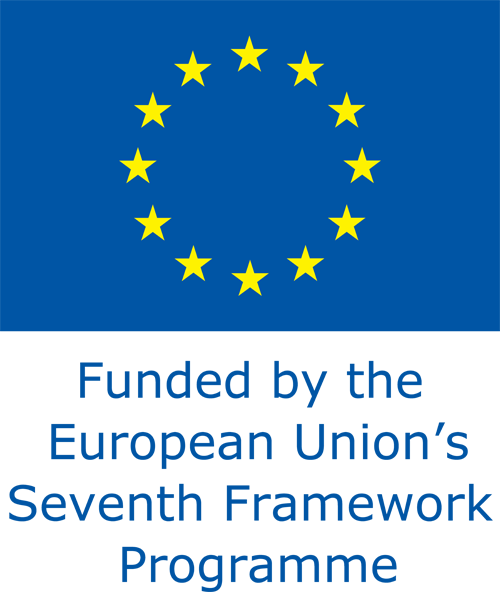Assessing in situ oxygen depletion in shelf and open seas
WP 6
Description:
Existing relevant oceanographic data of the target sites (Black Sea; Baltic Sea; Fram Strait) as well as knowledge on ecosystem, water management, and climate will be delivered or linked to the HYPOX data base, as far as existing data policies of the respective hosting institutions allow. The data will be selected to characterize present status as well as history of the respective open sea areas with respect to physical, chemical, and biological oceanography. The data will be compiled, standardized and integrated into the project web portal for data sharing. This will serve to decide on appropriate monitoring strategies and contribute to identifying gaps in current observation capabilities for assessing oxygen depletion in the project target areas.
The main task of this WP is to set-up in situ observatories/monitoring platforms in order to perform high temporal resolution long term monitoring observations necessary for assessing oxygen depletion (following the recommendations from WP1 and WP5). Relevant physical (salinity, temperature, currents and freshwater input) and biogeochemical (oxygen, nutrients, turbidity) parameters will be measured in the most severe hypoxic/anoxic open European seas (i.e. Baltic Sea; Black Sea) and in the Arctic where previous work indicates rapid decrease in bottom water oxygen concentrations due to alteration of transport processes related to global change. Where possible, in situ observatories will be equipped with data communication links for real time data transfer (e.g. GSM, Radio or Satellite telemetry). Data collected by the observatories and during targeted sampling campaigns will provide the base for hydrographical and biogeochemical models (WP2) to assess and predict different scenarios for hypoxia in the different aquatic environments. Continuous assessment and quality control of collected data will take place. Feedback from other WPs for refinement of technology (WP1), identification of key parameters (WP3), and temporal scales for assessing oxygen depletion in the respective systems will be used to adjust observatory performance. Data bases for the respective observatories will be established and quality control routines will be defined (WP5). The implementation of the observatory systems will be managed by the Implementation Committee lead by WP6 and WP7.
Objectives:
- Gather relevant information from existing oceanographic data bases and link or integrate into HYPOX web portal
- Generate research strategies based on the identified knowledge gaps
- Build / complement and deploy long term (i.e., 6-12 month) in situ observatory platforms
v Disseminate collected and processed data through HYPOX web portal
- Identify critical parameters and propose parameters / sites / sampling strategies for future monitoring programs
|

